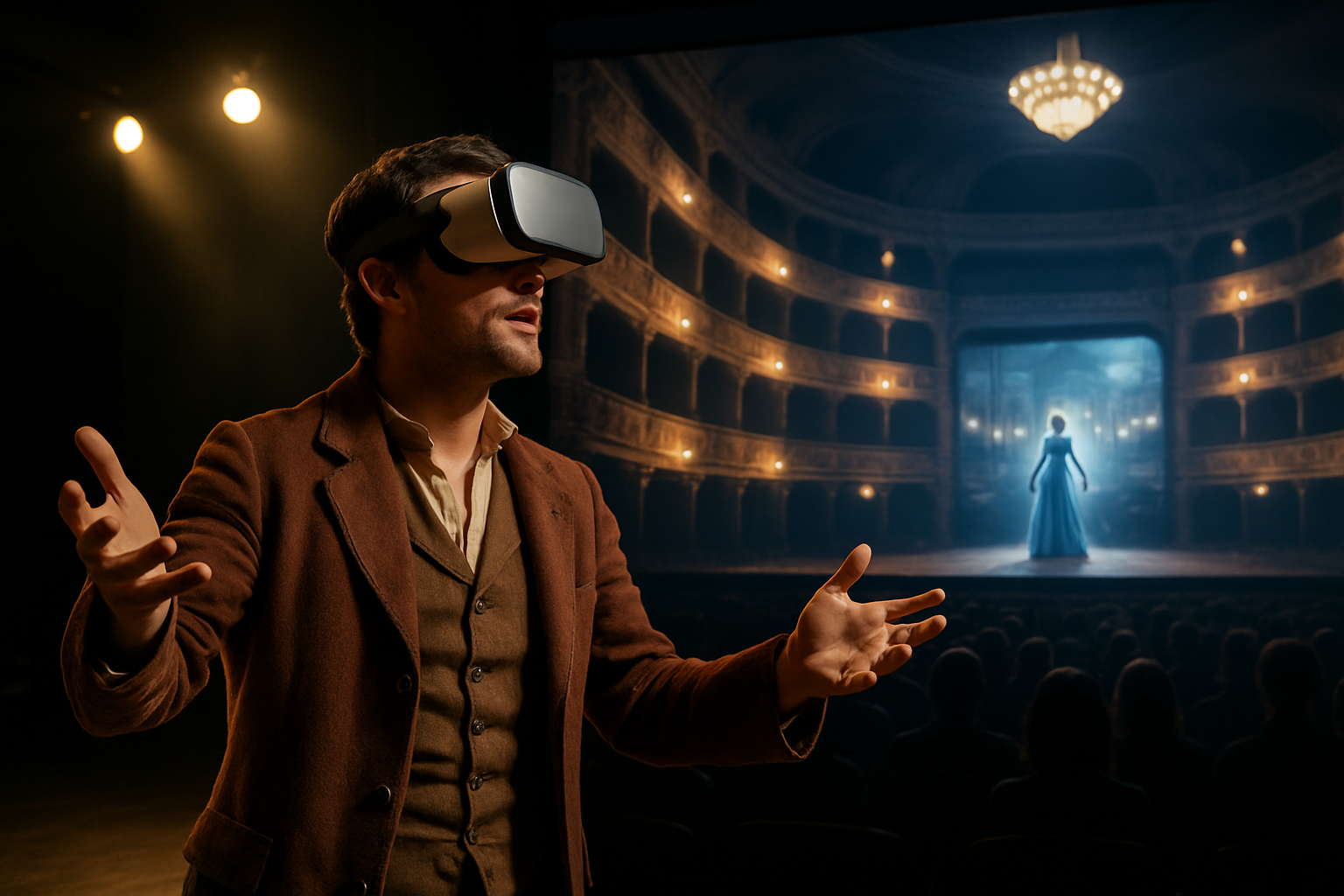Eco-Friendly Set Design: Revolutionizing Theater Sustainability
In an era of increasing environmental awareness, the theater world is undergoing a quiet yet profound transformation. Eco-friendly set design is emerging as a innovative force, challenging traditional practices and reshaping the landscape of theatrical production. This movement goes beyond mere recycling, encompassing a holistic approach to sustainability that touches every aspect of stagecraft. From biodegradable materials to energy-efficient lighting, green set design is not just reducing theater's carbon footprint—it's inspiring a new wave of creativity and pushing the boundaries of artistic expression.

Initially, efforts were small-scale and largely individual. Designers experimented with recycled materials, while some theaters implemented basic recycling programs. However, these early steps laid the groundwork for a more comprehensive approach to sustainability in theater production.
Materials Revolution: From Waste to Wonder
One of the most significant developments in eco-friendly set design has been the revolution in materials. Traditional set construction often relied heavily on non-recyclable materials like Styrofoam and certain plastics. Today, designers are turning to innovative alternatives that are both environmentally friendly and aesthetically pleasing.
Biodegradable plastics, recycled cardboard, and even mushroom-based materials are finding their way onto stages worldwide. These materials not only reduce waste but often bring unique textures and properties that enhance the visual appeal of sets. For instance, the use of mycelium—the root structure of mushrooms—has allowed designers to create organic, sculptural forms that would be difficult to achieve with traditional materials.
Energy Efficiency: Lighting the Way Forward
Lighting has always been a crucial element of theater, but it’s also one of the most energy-intensive aspects of production. Eco-friendly set design is addressing this challenge head-on, embracing energy-efficient technologies that reduce power consumption without sacrificing quality.
LED lighting has been a game-changer, offering versatility and energy savings. But the innovations don’t stop there. Some theaters are experimenting with solar-powered lighting systems, while others are incorporating natural light into their designs, blurring the lines between indoor and outdoor spaces.
Circular Economy: Designing for the Long Term
Perhaps the most revolutionary aspect of eco-friendly set design is its embrace of circular economy principles. Instead of creating sets for single productions, designers are now thinking long-term, creating modular and adaptable designs that can be reused or easily transformed for multiple shows.
This approach not only reduces waste but also challenges designers to think more creatively about how sets can evolve and adapt. Some theaters have even established set-sharing programs, allowing smaller companies to access high-quality, sustainable sets that would otherwise be out of reach.
Digital Innovation: Virtual Sets, Real Impact
The digital revolution hasn’t bypassed theater, and eco-friendly set design is leveraging technology in innovative ways. Virtual and augmented reality are being used to create immersive set experiences with minimal physical materials. Projection mapping allows for dynamic, changeable backdrops without the need for physical set pieces.
These digital tools not only reduce the environmental impact of productions but also open up new possibilities for storytelling and audience engagement. As technology continues to advance, the line between physical and digital sets is likely to blur even further.
Challenges and Future Directions
While the progress in eco-friendly set design has been remarkable, challenges remain. Cost is often cited as a barrier, with some sustainable materials and technologies still carrying a premium price tag. There’s also the challenge of education and skill development, as designers and technicians need to adapt to new materials and methods.
Looking ahead, the future of eco-friendly set design seems bright. As awareness grows and technologies improve, sustainable practices are likely to become the norm rather than the exception. Some envision a future where theaters become net-positive spaces, generating more energy than they consume and actively contributing to environmental restoration.
The eco-friendly set design movement is more than just a trend—it’s a fundamental shift in how theater approaches its relationship with the environment. By embracing sustainability, the theater world is not only reducing its ecological footprint but also discovering new avenues for creativity and innovation. As this movement continues to grow, it promises to reshape the very foundations of theatrical production, creating a more sustainable and vibrant future for the arts.





